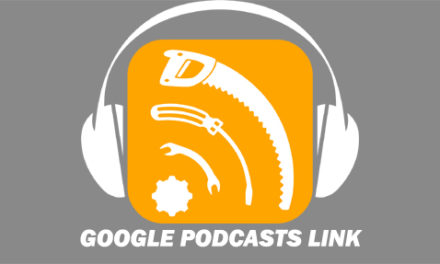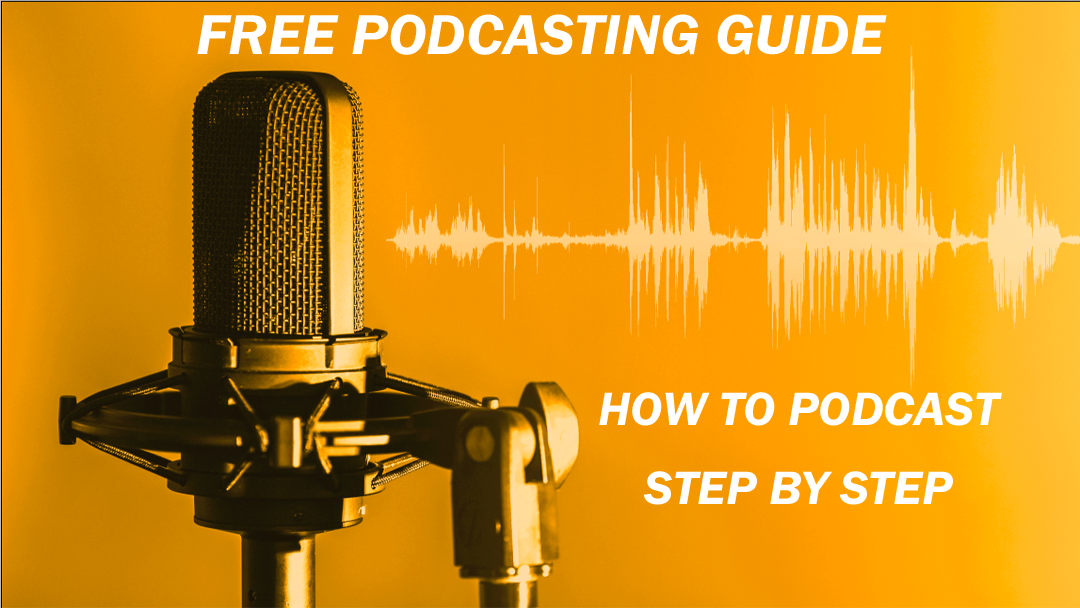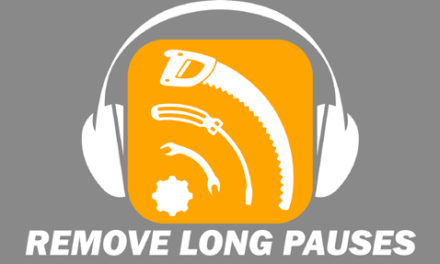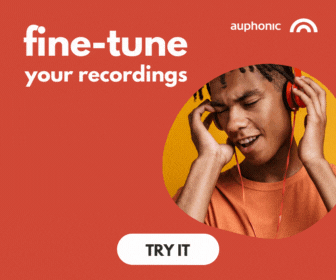The following are simply recommendations for “best practices” when it comes to creating a podcast. Keep in mind this list is my opinion and many other podcasters will disagree with me.
Introduction: Answering who, what, when, where and why.
- Who are you?
- Introduce yourself in a succinct manner.
- What is your show about?
- Describe what your show is about.
- When does your show air?
- Make sure your audience understands when your show airs.
- Try hard to be consistent.
- Where can they find your show or more about you?
- I believe you should own your brand but wherever your show calls home should be where you direct your audience.
- Typically this would be “MyPodcastName.com”.
- Why should someone listen?
- What is your unique hook?
- Why would someone choose to listen to your show instead of another?
Equipment: Decent gear can go a long way.
- When it comes to gear you don’t have to break the bank in order to get great sound.
- Many of my co-hosts use dynamic mics connected to their computer via USB.
- With a little bit of post-production you can make “good enough” gear sound great.
*Affiliate link*
*See my “how to podcast” guide for a list of equipment that I recommend.
Loudness Standards: I can’t hear you…
- You really can’t go wrong if you achieve -16 LUFS for a stereo file or -19 LUFS for a mono file.
- There are many podcasters that shoot for -14 LUFS (stereo) which is based on a requirement for Spotify, however I have several shows on the service that have been produced at 16 LUFS (stereo) without an issue.
- I strongly suggest reaching -16 LUFS (stereo) at minimum but no louder than -14 LUFS (stereo).
- Podcasts that are produced at lower LUFS can create challenges when it comes to certain listening environments. Keep in mind that not everyone who listens to your podcast will be in ideal listening conditions.
Level Audio Between Speakers: Gotta keep em levelated. (It’s the best I could do).
- Level your audio!
- Nothing screams amateur hour more than two hosts recorded at two totally different levels.
- If your co-host is joining you via a service over the internet (Skype, Zoom, etc…) something that is often missed is “perceived loudness”.
- Even though it “appears” that both parties are reaching a certain level on your mixer, audio interface, or recording software, each track may sound like they are at different levels.
- When I podcast with people who are using a microphone connected to their PC via USB, and I’m on a device using compression, it may sound like I’m louder than they are even though we appear to be recording at the same level.
- Once your understand that compression can contribute to tricking your ears, you will be able to keep em levelated. (I couldn’t resist).
*Please see my leveling audio free podcast training video for a detailed look at this issue.
Truncate Silence: Remove unnecessary long pauses. Trim Overall Podcast Length.
- Just behind audio that isn’t level sits the long pause.
- This is a “best practice” that I’ve received plenty of pushback about over the years.
- There are some people who say that you must keep every second of your recording (minus crucial edits of course). I say that’s just not true.
- I can shave as much as three minutes from a thirty minute recording. Multiple those three minutes by the number of people who listen to a given episode and I’m literally saving people time.
- More and more people are increasing the playback speed when listening to podcasts. You can save them time by doing your part and removing useless dead air.
- Podcasting isn’t YouTube so there’s no need to do the unnatural jump cuts, simply remove long dead air pauses.
*Watch my free podcast training video for a detailed look at deleting dead air.
Branding: Website and Logos.
- Whether you choose to build your own website or use a “done for you service”, you should have a place that you can send potential subscribers to.
- On your website people should be able to subscribe to your podcast, contact you, and see what other projects you have.
- Everything should be easy to find on your website.
- Your podcast’s branding should be mixed into the website itself (including: color scheme and logo).
*Affiliate links*








